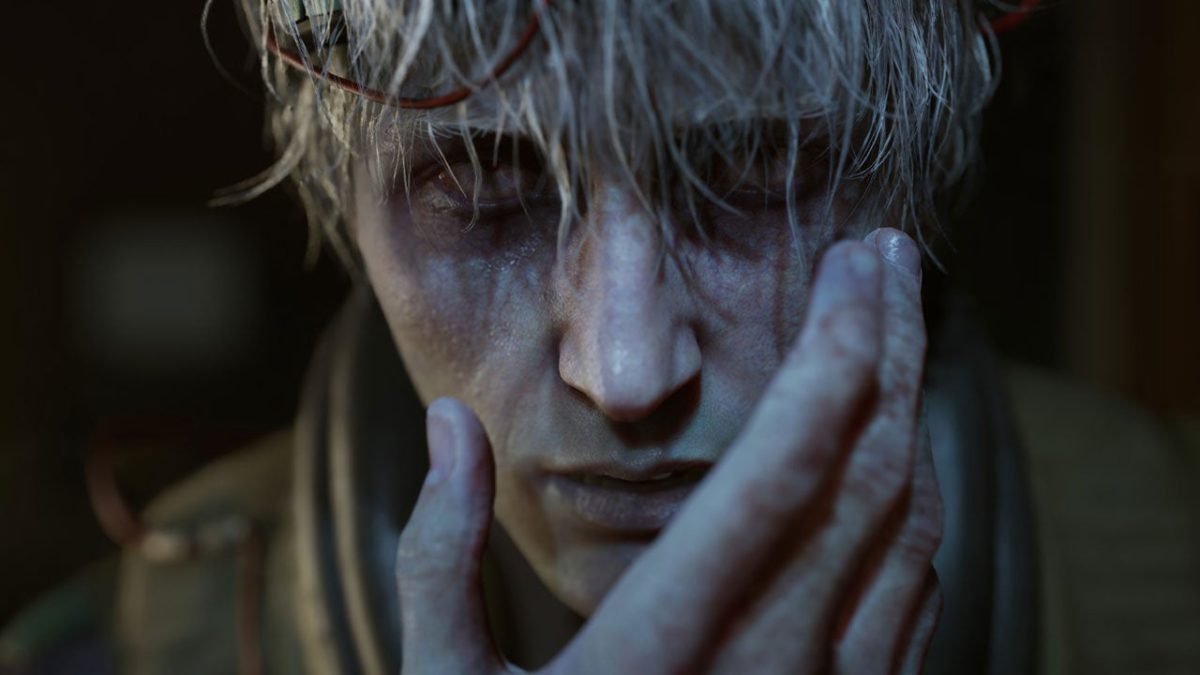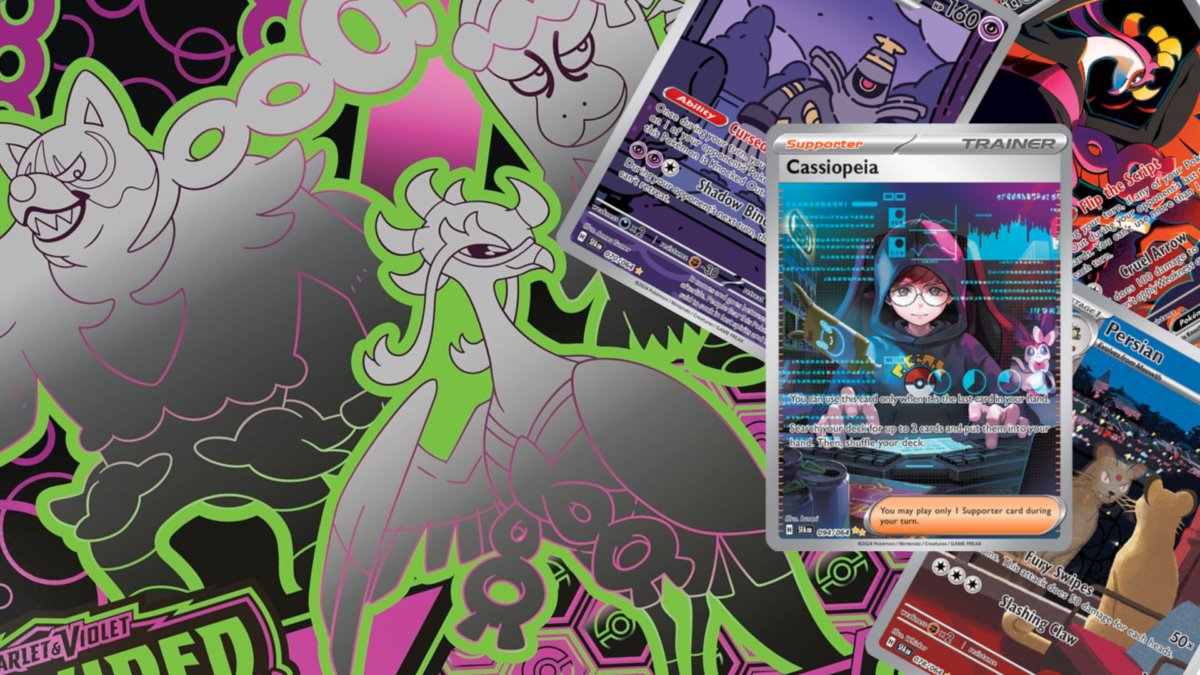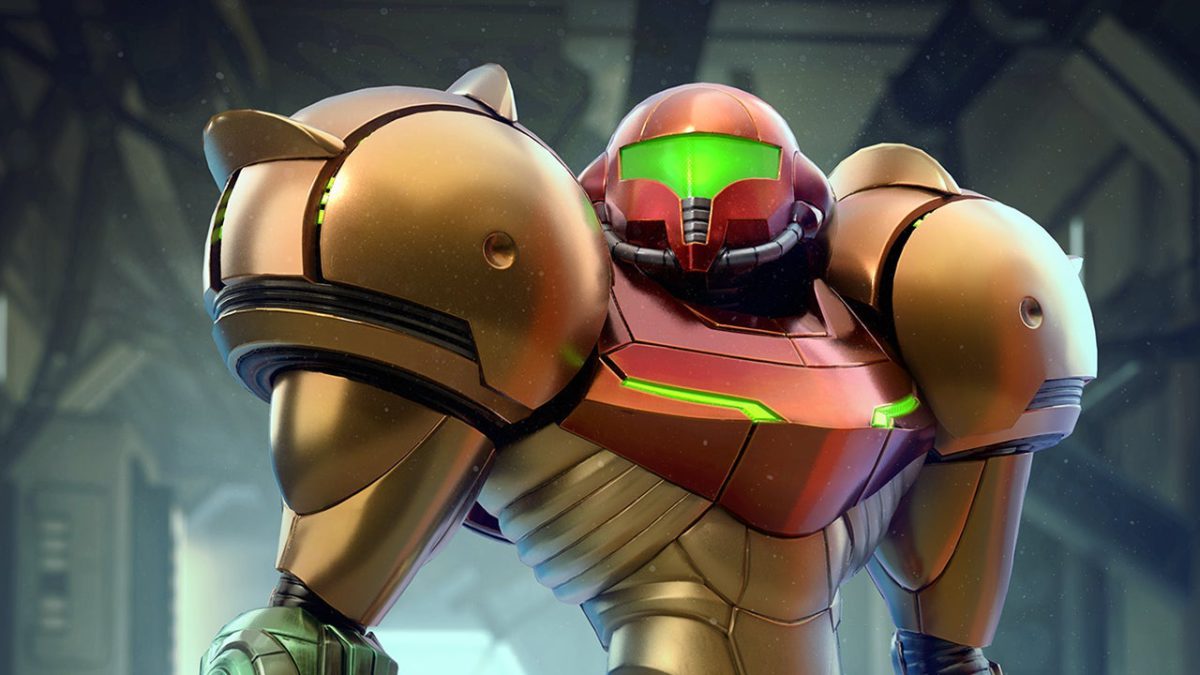Happy New Year, Travelers! The Genshin Impact dev team wishes you an amazing start to 2025. Today, we’d like to share details about the upcoming Version 5.4 “Moonlight Amidst Dreams,” arriving on February 12. It will take you back to the land of Electro, Inazuma, where a grand celebration awaits! Join your new friend, Yumemizuki Mizuki, and reunite with familiar faces like Raiden Shogun and Yae Miko as they gather for the Mikawa Flower Festival. This enchanting event bridges the realms of human and youkai, inviting everyone to celebrate together under Inazuma’s shimmering moonlight.
A Grand Festival of Youkai and Humans
At the foot of Inazuma’s Mt. Yougou, the Mikawa Flower Festival shines brighter than ever this year. Once a grand gathering of youkai in ancient times, it has blossomed into a vibrant celebration where humans and youkai alike are welcome. With newfound energy and spirit, the festival weaves together old traditions and new friendships in a truly unforgettable way. This year’s festival boasts a new special event — the “48-hour Game Development Competition.” In addition, here’s a fun sneak peek of things to come: Raiden Shogun will be making a special appearance, and there are rumors that she’ll be investigating a strange nightmare involving an old friend…
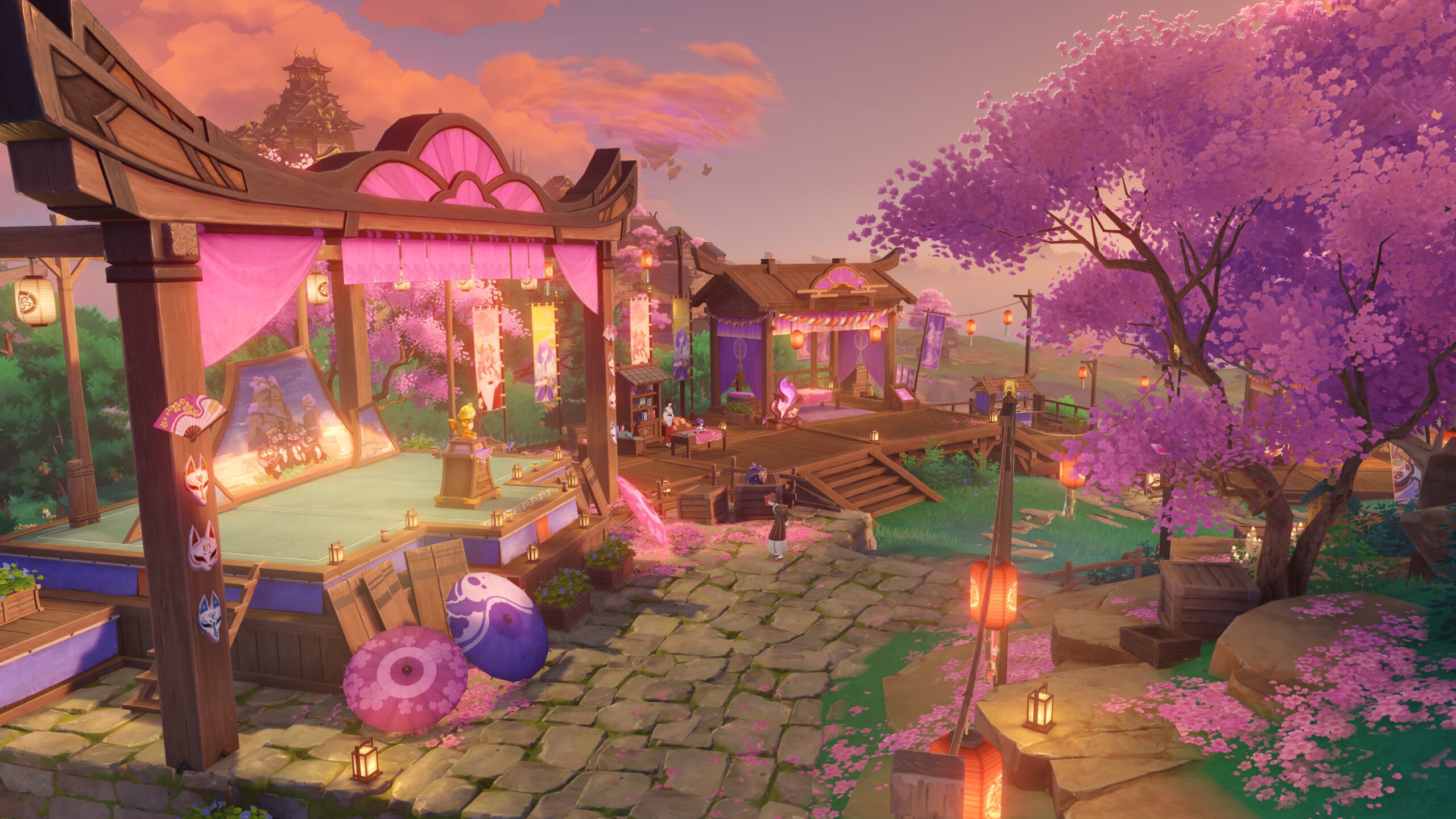
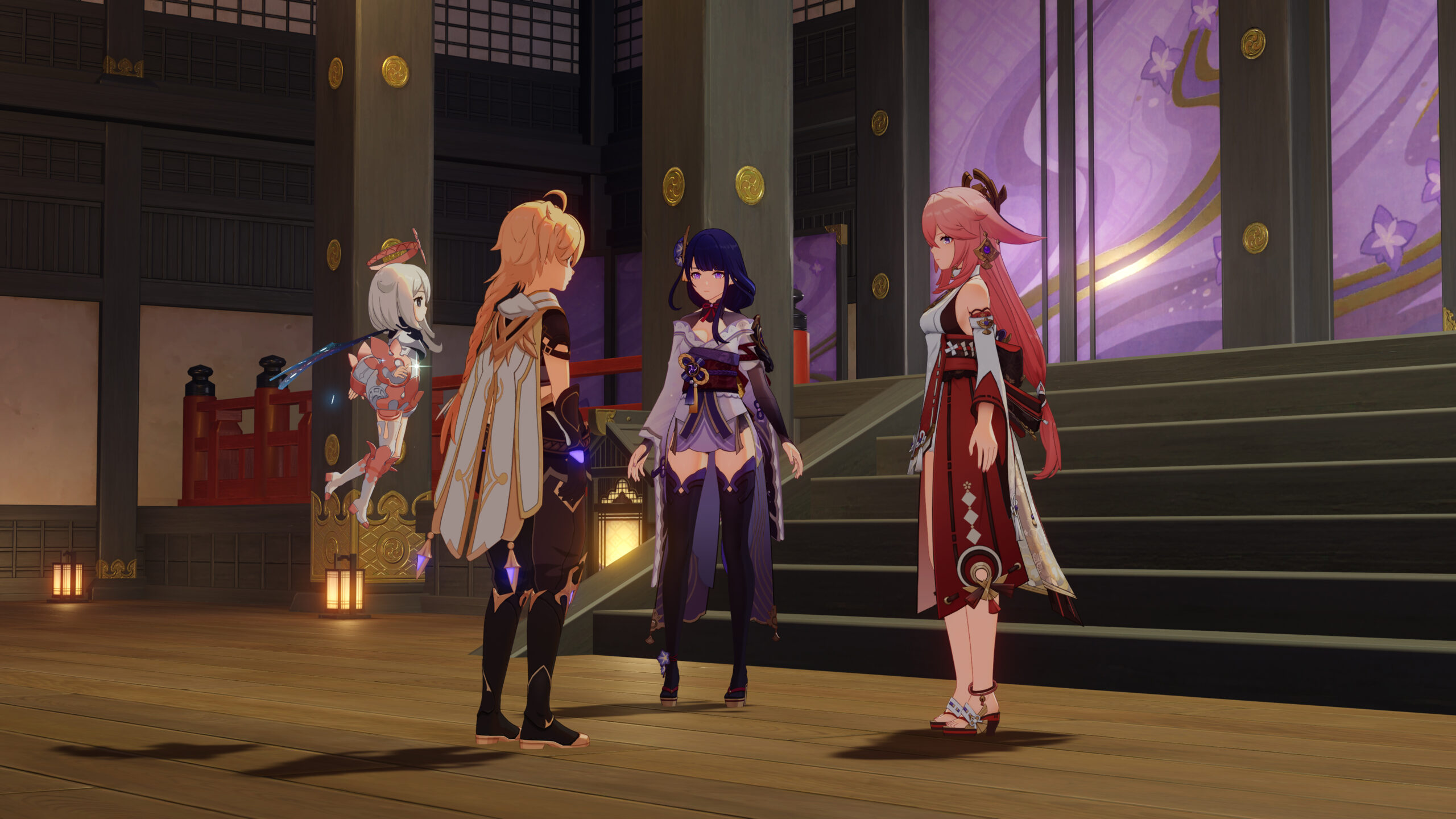
In this competition, humans and youkai will have two days to create new games together. Thanks to the Kitsune Meal’s magic, youkai can now speak in human tongues, giving them the ability to combine their powers with human ingenuity, an enchanting team-up sure to promise exciting new mini-games in the making!
In the first entry, “A Little Fox’s Daydream,” Mizuki and Kokomi present an adventure through shifting dreamscapes, where a little fox must navigate between sweet dreams and nightmares to reach both tasty fried tofu and its target destinations.
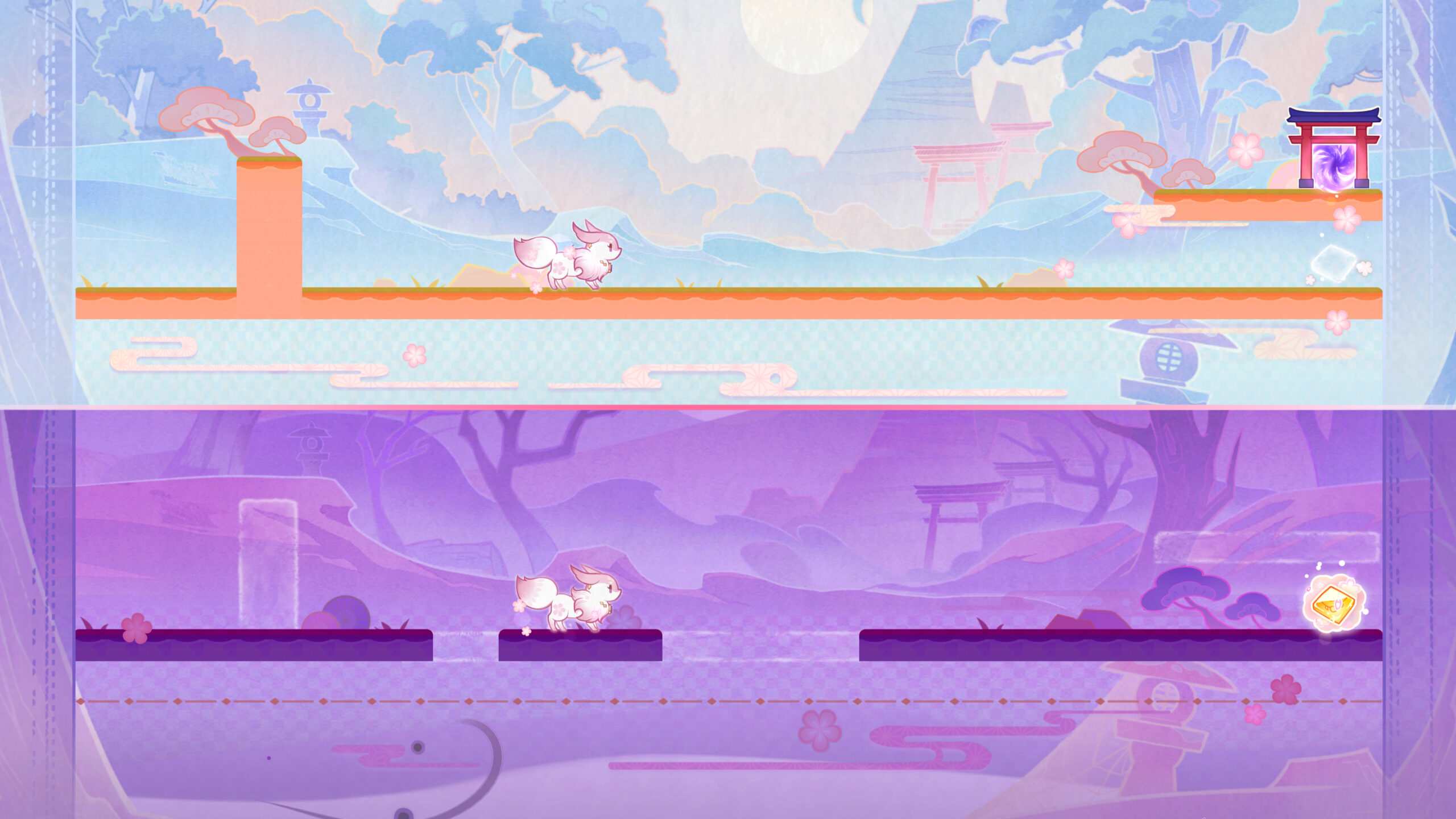
The next creative entry, “Bunshin Phantasm,” offers a true test of strategy and teamwork from Sayu, Yoimiya, and Kichiboushi. Guide adorable Muji-Muji Daruma that mimic your movements to activate pressure plates and unlock your path to victory!
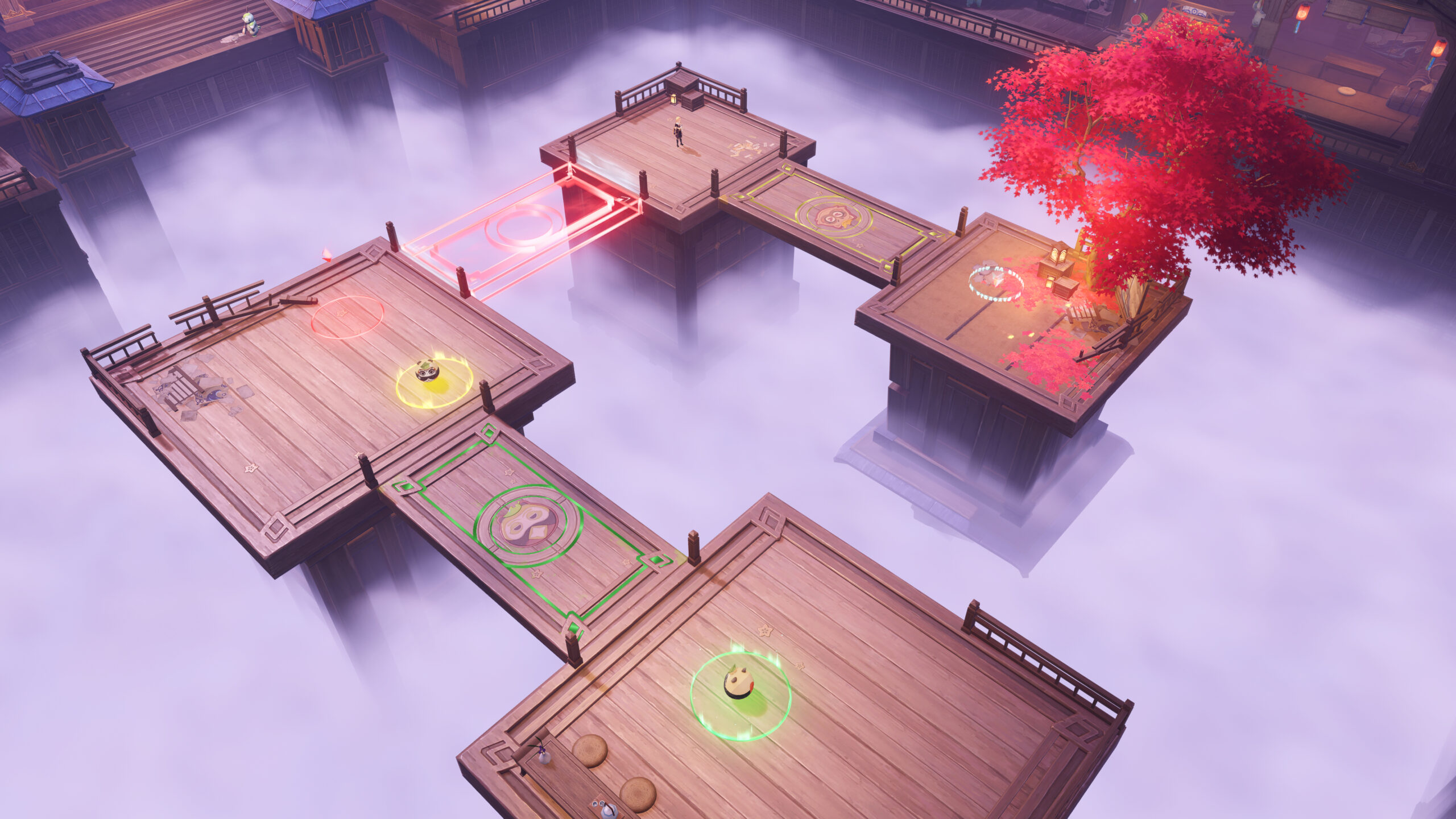
Don’t miss out “Akitsu Harpastum: Dreams Doubled,” presented by Thoma and his youkai friends! This is a creative fusion of the classic brick breaker game “Akitsu Yuugei” and elements of Mondstadt’s harpastum, perfect for solo play or co-op fun! As you complete these mini-games, you’ll earn Festival Stamps which can be exchanged for exciting rewards, including the 4-star polearm, “Tamayuratei no Ohanashi.”
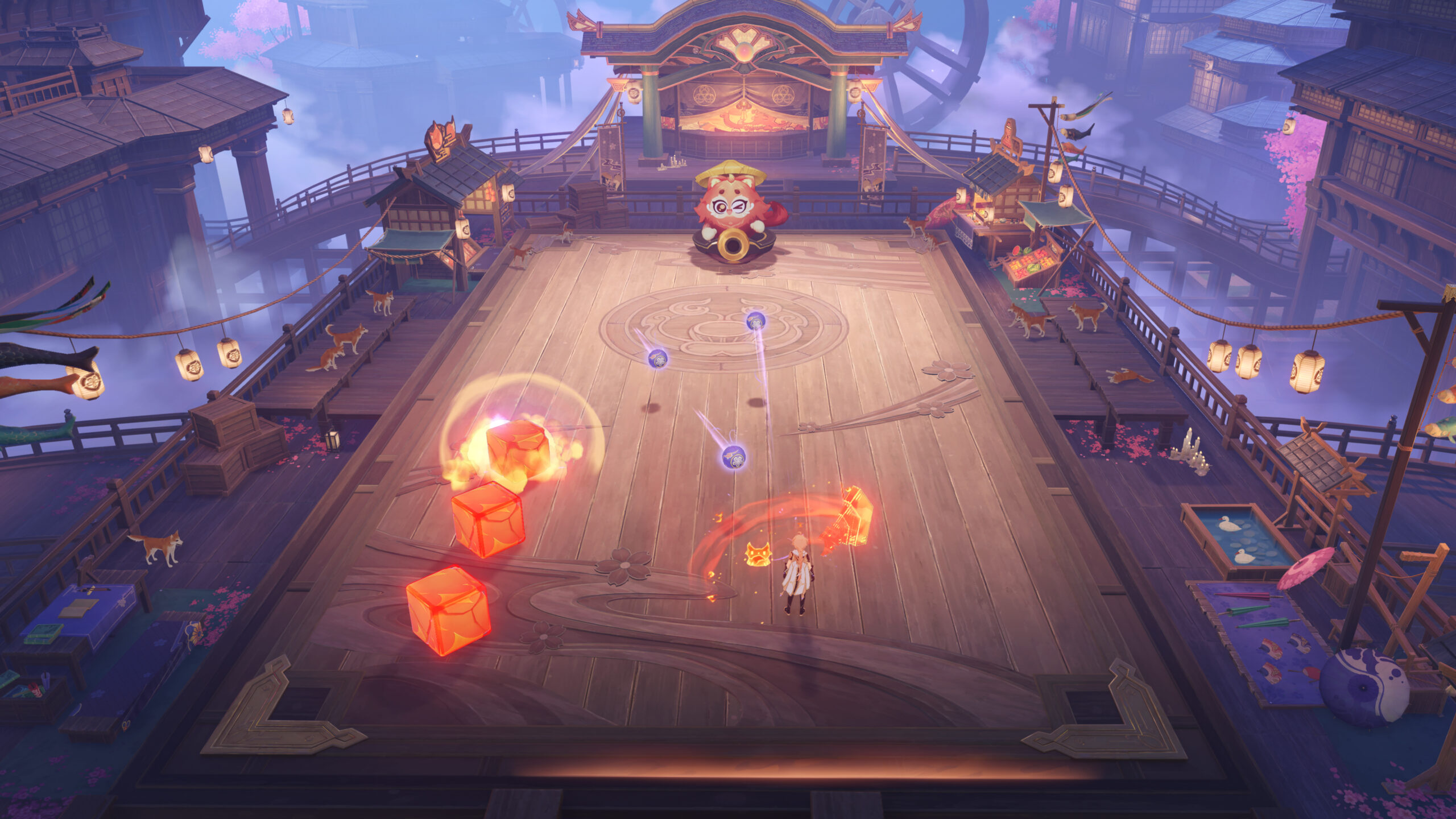
Baku, Bathhouses, and Dreams
We’ve heard that the Aisa Bathhouse has introduced customized Mikawa Flower Festival-styled bathrobes, an initiative backed by its major shareholder, the new 5-star character Yumemizuki Mizuki! As a yumekui-baku, Mizuki can consume nightmares. As a clinical psychologist, she uses this gift to help her clients confront their deepest, darkest nightmares. Even a Natlanese warrior is among her clients, one who has a particularly severe affliction after returning from the Night Warden Wars. In Mizuki’s Story Quest, you will have the chance to visit Aisa Bathhouse in person, where you might be fortunate enough to experience her dream-altering treatments firsthand.
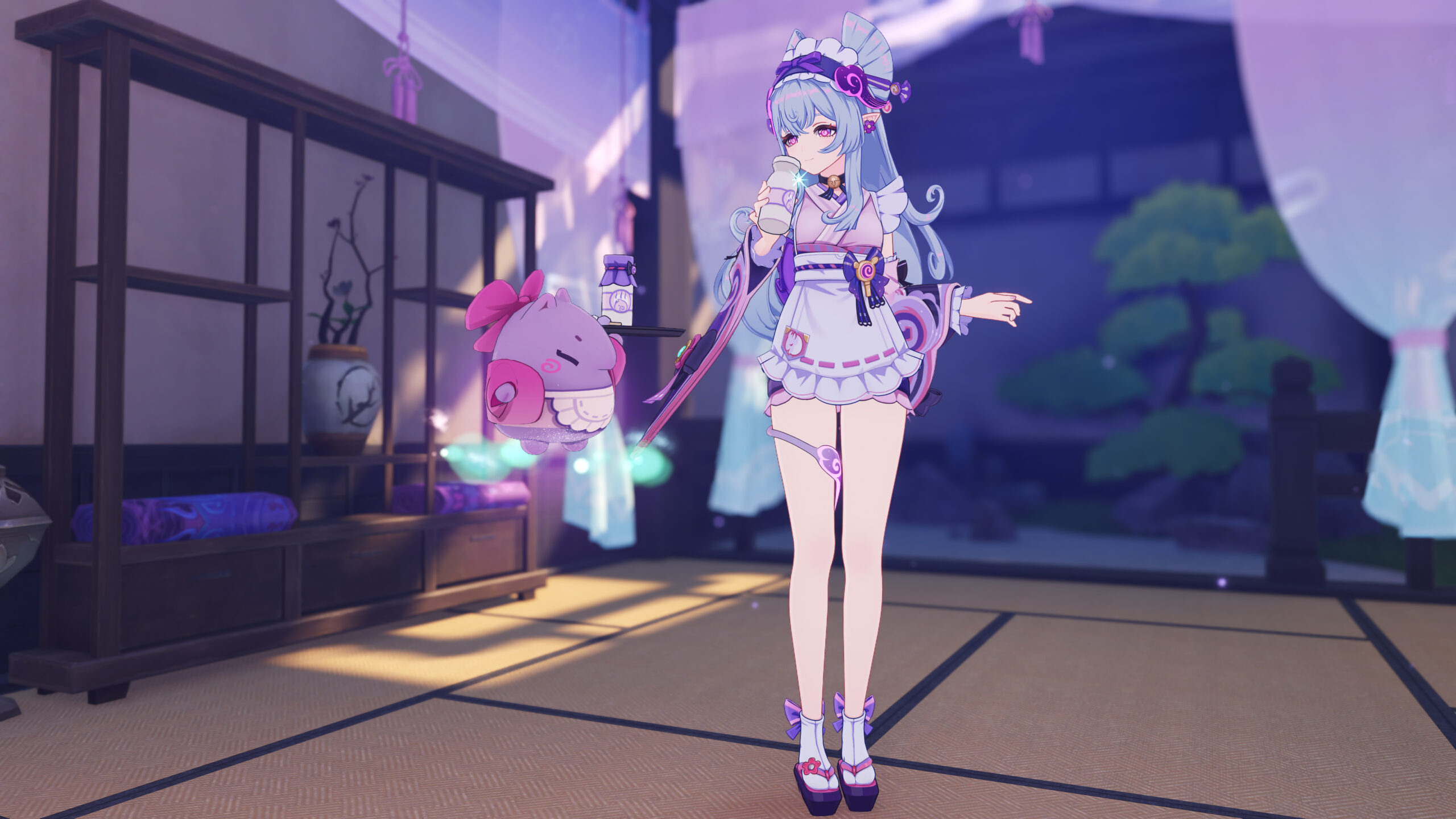
In combat, Mizuki shines as a 5-star Anemo catalyst user, a versatile support character who combines Swirl DMG and healing into one elegant package. Her flexibility allows her to fit into various team compositions, including Pyro/Electro/Hydro/Cryo Element teams, while enhancing Swirl DMG — an effective means of boosting the party’s overall damage output! When using her Elemental Skill, Mizuki enters the Dreamdrifter state, floating gracefully while periodically dealing AoE Anemo DMG and boosting her team’s Swirl DMG.
Additionally, Mizuki can adjust her healing strategy depending on her team’s condition. Her Elemental Burst pulls in opponents and creates “Yumemi Style Special Snacks.” These snacks can be picked up and, depending on the HP of the currently active character, will heal them or deal AoE Anemo DMG. Mizuki’s unique talent also boosts healing, offering an extra 30% HP recovery when her teammates use HP Recovery Dishes.
Here’s another combat tip for Mizuki! While she’s in her Dreamdrifter state, her pick-up range for Yumemi Style Special Snacks is increased, making it easier to collect them in the heat of combat.
For Version 5.4’s Event Wishes, the first phase will have Yumemizuki Mizuki’s debut and Sigewinne’s rerun, and the second phase will bring back two reruns, Furina and Wriothesley. Mizuki will enter the Standard Wish banner after the Version 5.5 update.
Meeting Old Friends Never Gets Old!
Aside from reconnecting with old friends at the Mikawa Flower Festival, you’ll also run into more familiar faces during your adventures. The new event “Travelers’ Tales: Anthology Chapter” makes it possible to encounter your old friends in the open world! Simply look for the anecdote icons on your map to see what they’ve been up to recently.
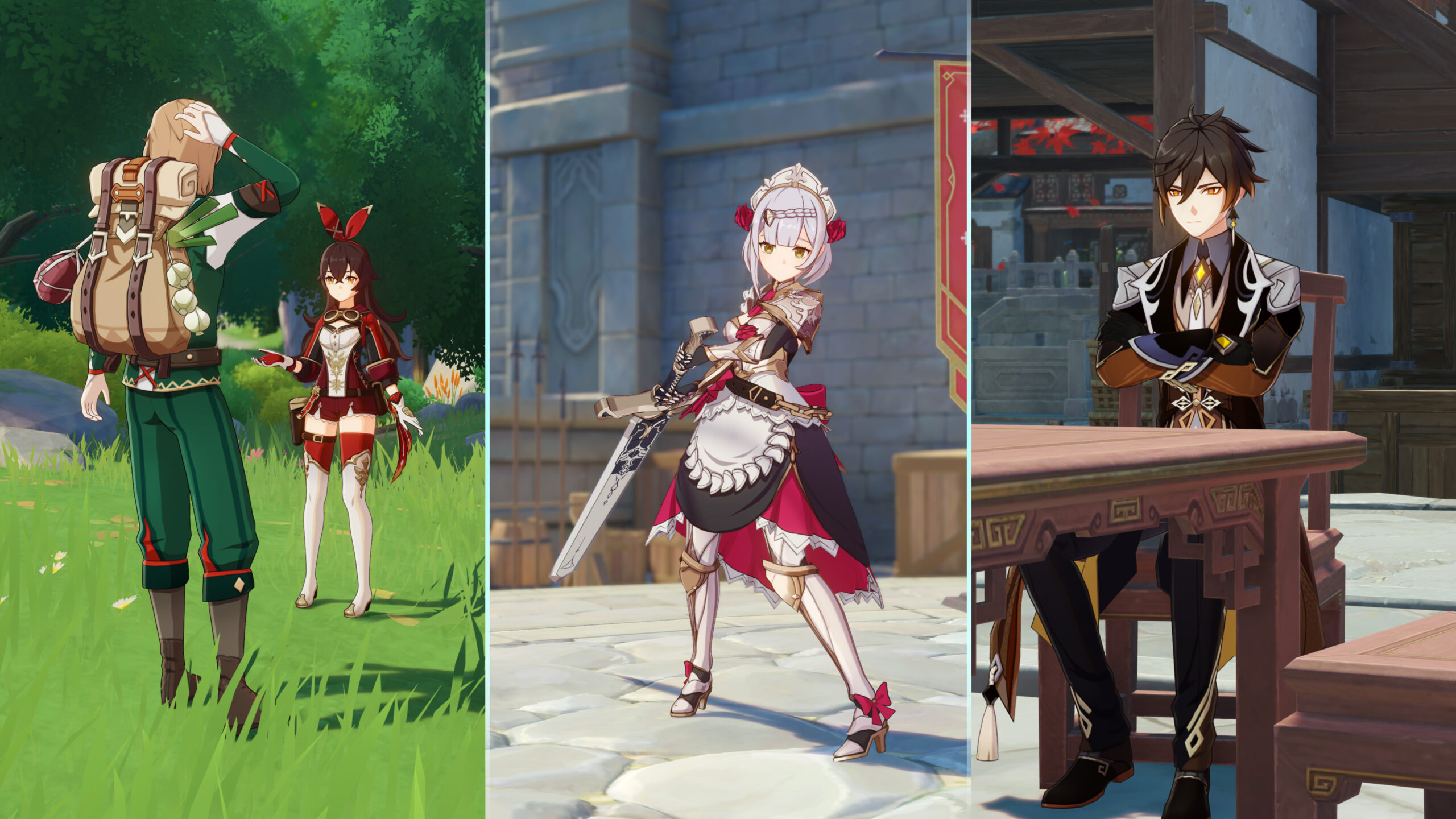
For combat enthusiasts, the “Realm of Tempered Valor” event introduces a series of combat challenges with 25 floors for each challenge, playable solo or in Co-Op Mode. Reach certain milestones to earn an exclusive Namecard!
Looking for more fun things to do? Try the multiplayer fishing mini-game, “Invasive Fish Wrangler,” or dive into ad-editing commissions with your old friend, Xavier!
Continuing QoL Updates
Lastly, we want to share some recent optimizations that we’re working on to streamline your character development.
Level-Up Plans will be added to the “Training Guide.” Just set your level-up goals, and the system will calculate the materials you need, as well as show you where to find them! Other key interfaces will also display reminders for these required materials, including the Adventurer Handbook, Domain entrances, Domain completion screens, and the Battle Pass rewards.
Crafting materials will also become simpler! By clicking on “Craftable Amount,” you can teleport directly to the Crafting Bench. Moreover, an Auto Add button will be added to the Weapon Refinement interface to speed up the process.
That’s all for today! We hope you’ll be able to reconnect with old friends and make new memories at the Mikawa Flower Festival. Enjoy the festivities and sweet dreams of Version 5.4, and we’ll see you on your next big adventure!





